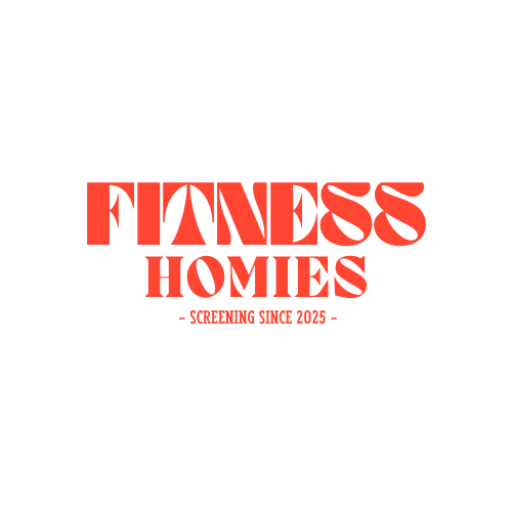
Singapore, a dynamic and health-conscious nation, has witnessed a significant transformation in its fitness landscape over the past decade (roughly 2015-2025). Driven by increasing health awareness, technological advancements, and evolving social influences, exercise habits have shifted considerably. Let’s take a look at the key trends that have shaped how Singaporeans stay active.
The Rise of Running and Outdoor Activities (Early to Mid-2010s):
The early part of the decade saw a surge in the popularity of running. Events like the Standard Chartered Singapore Marathon and numerous smaller races became prominent fixtures in the social calendar. This was fueled by accessibility (it requires minimal equipment), the social aspect of running clubs, and the desire to enjoy Singapore’s parks and green spaces. Outdoor boot camps and fitness events also gained traction, capitalizing on the desire to exercise in nature.
The HIIT Revolution (Mid to Late 2010s):
High-Intensity Interval Training (HIIT) exploded onto the scene, appealing to busy individuals seeking efficient and effective workouts. Its promise of maximum results in minimal time resonated with Singapore’s fast-paced lifestyle. HIIT studios and classes popped up across the island, offering a variety of formats from bodyweight circuits to those incorporating equipment.
The Boutique Fitness Boom (Mid to Late 2010s):
Specialized boutique fitness studios focusing on specific disciplines like spin cycling, yoga (with various styles like hot yoga and aerial yoga), Pilates, and boxing gained significant popularity. These studios offered immersive experiences, strong communities, and expert instructors, attracting individuals seeking more focused and engaging workouts.
The Influence of Technology and Wearables (Throughout the Decade):
The rise of wearable technology, including fitness trackers and smartwatches, played a crucial role in shaping exercise habits. These devices allowed individuals to monitor their activity levels, track progress, and set goals, fostering greater awareness and motivation. Fitness apps also became increasingly popular, offering guided workouts, personalized training plans, and virtual fitness communities.
The Pandemic Pivot: Home Workouts and Virtual Fitness (Early 2020s):
The COVID-19 pandemic brought about a significant shift towards home-based workouts and virtual fitness. With gym closures and social distancing measures, Singaporeans embraced online fitness classes, virtual yoga sessions, and app-based workouts. This period accelerated the adoption of digital fitness solutions and highlighted the convenience of exercising at home.
The Resurgence of Outdoor Activities and Calisthenics (Post-Pandemic):
As restrictions eased, there was a renewed appreciation for outdoor activities like walking, jogging, and cycling. Calisthenics, or bodyweight exercises, also saw a rise in popularity due to its accessibility and effectiveness, often performed in parks and fitness corners.
The Rise of Hybrid Fitness and Specialized Trends (Late 2020s – Early 2025):
More recently, a trend towards hybrid fitness – combining different types of workouts – has emerged. There’s also a growing interest in more specialized and challenging fitness activities like Hyrox (combining running and functional exercises), reflecting a desire for new challenges and community-driven fitness experiences.
Key Factors Driving These Changes:
- Increased Health Awareness: A greater emphasis on health and wellness among Singaporeans.
- Time Efficiency: The need for workouts that fit into busy schedules.
- Accessibility and Convenience: The availability of diverse fitness options, both in and out of traditional gyms.
- Social Influence and Community: The role of social media and fitness communities in motivating participation.
- Technological Advancements: The impact of wearables and fitness apps in tracking and guiding workouts.
- Government Initiatives: Efforts by the Health Promotion Board and Sport Singapore to encourage active living.
Looking Ahead:
The evolution of fitness trends in Singapore is likely to continue, driven by innovation, changing lifestyles, and a growing emphasis on holistic well-being. We can expect to see further integration of technology, the rise of niche fitness communities, and a continued focus on accessible and effective ways to stay active in Singapore’s unique urban environment.









